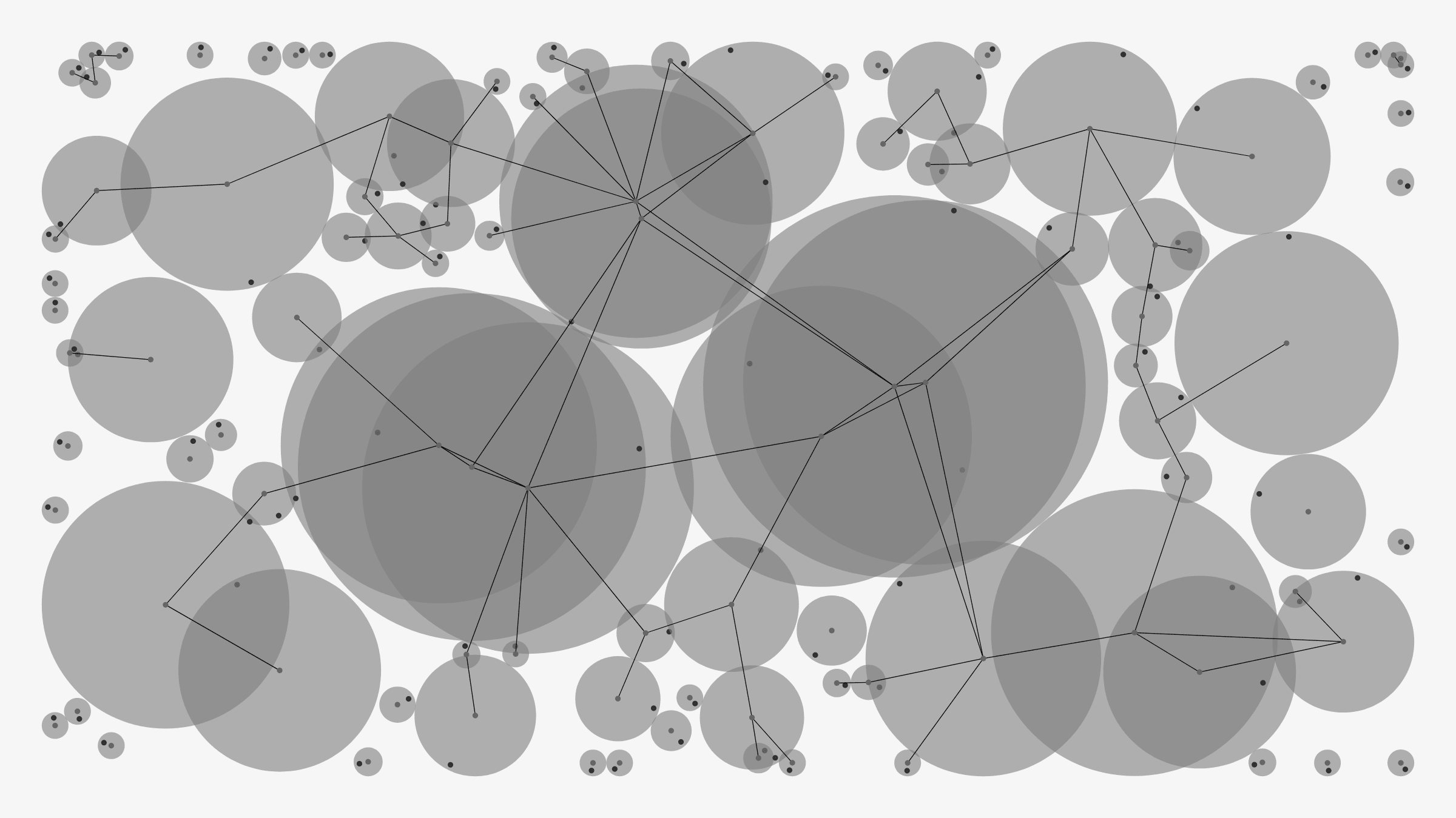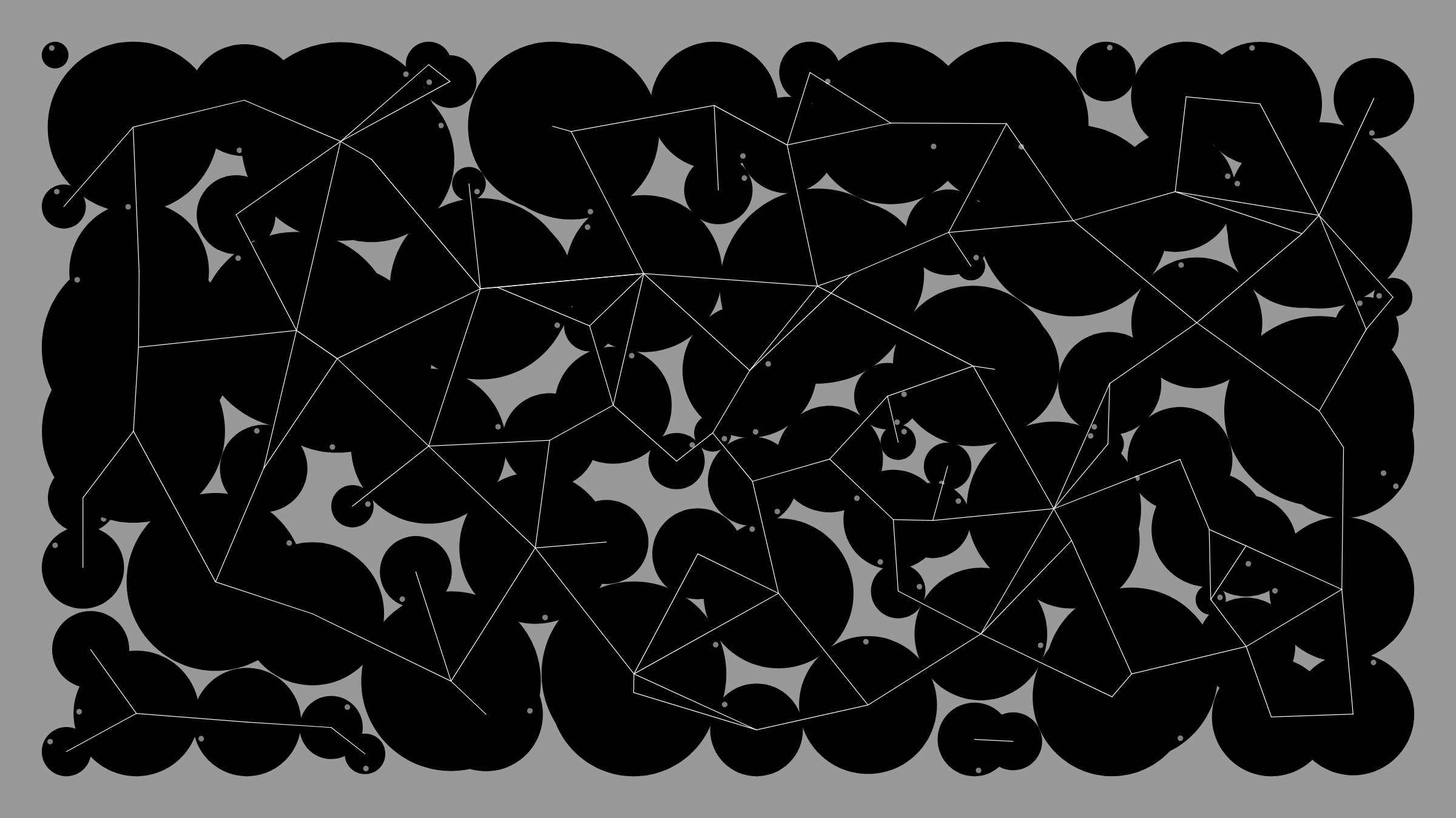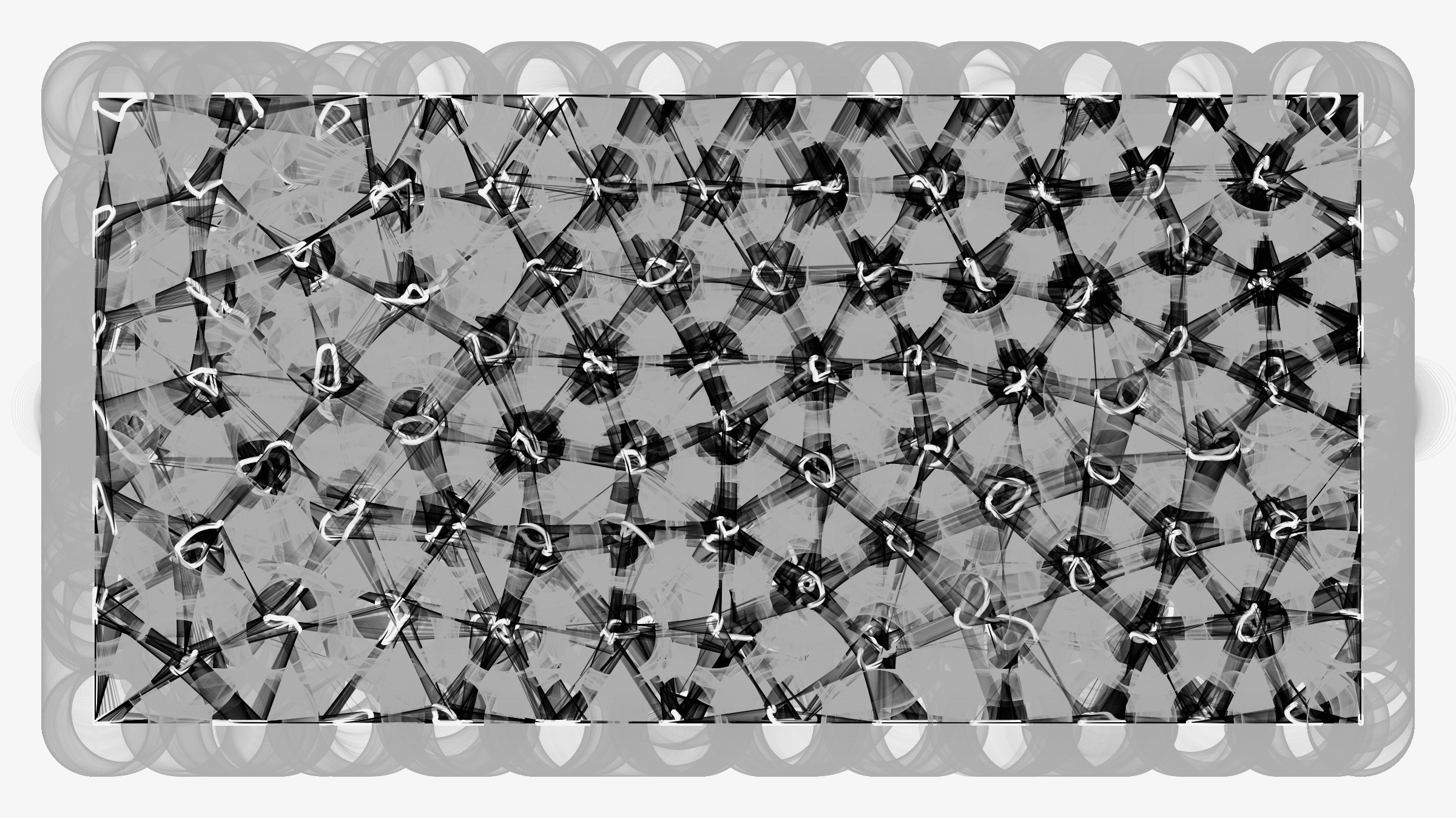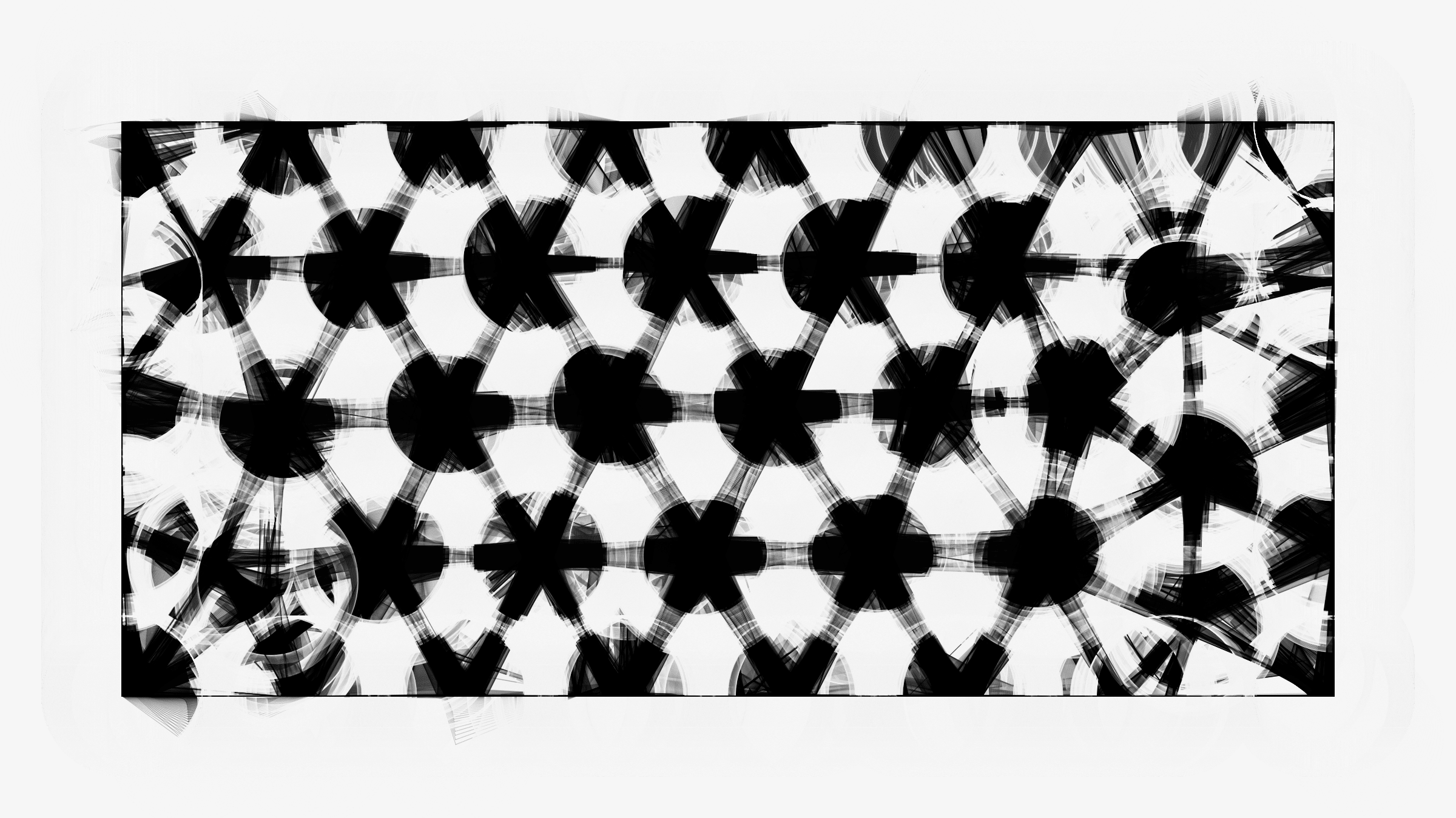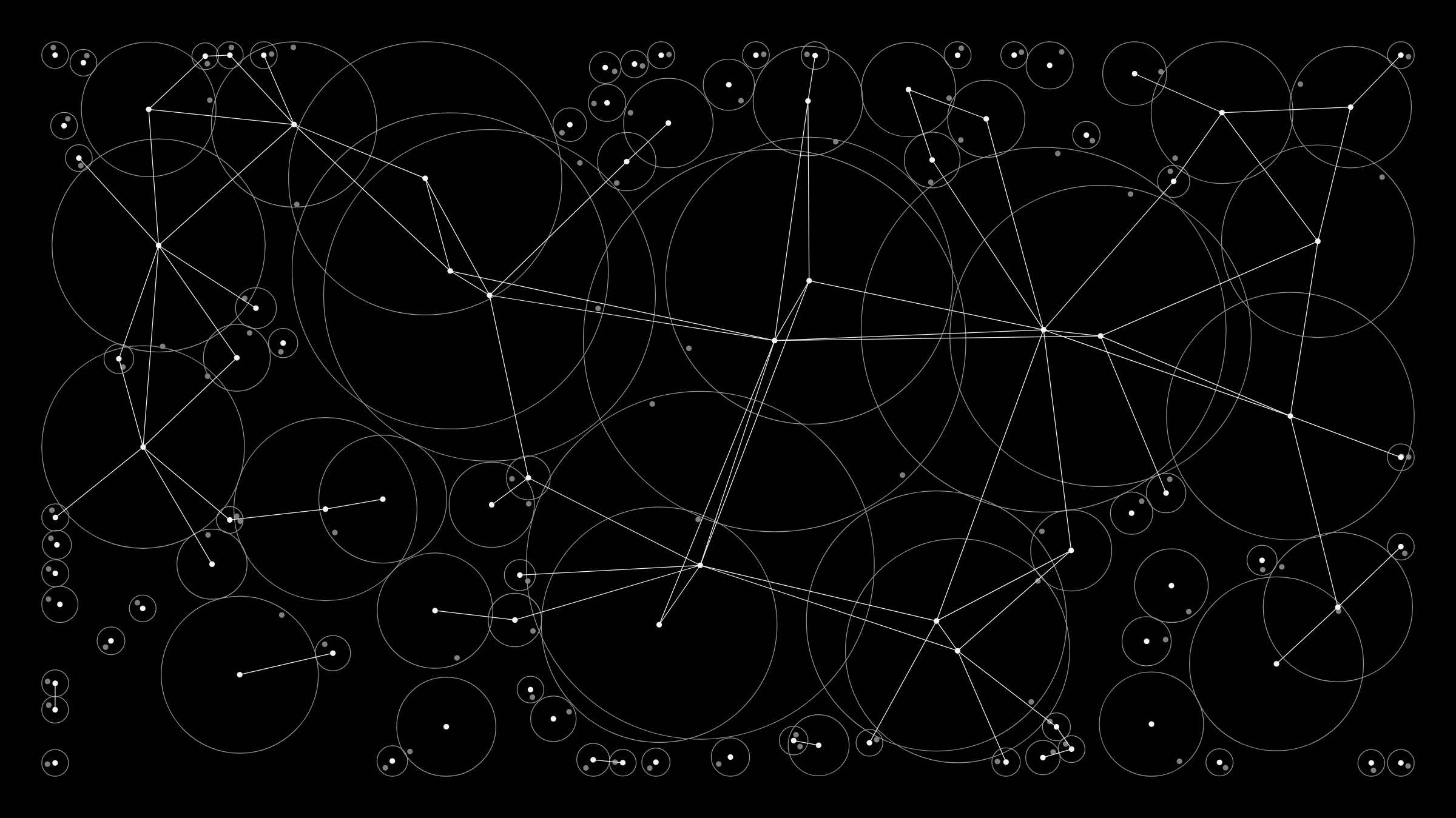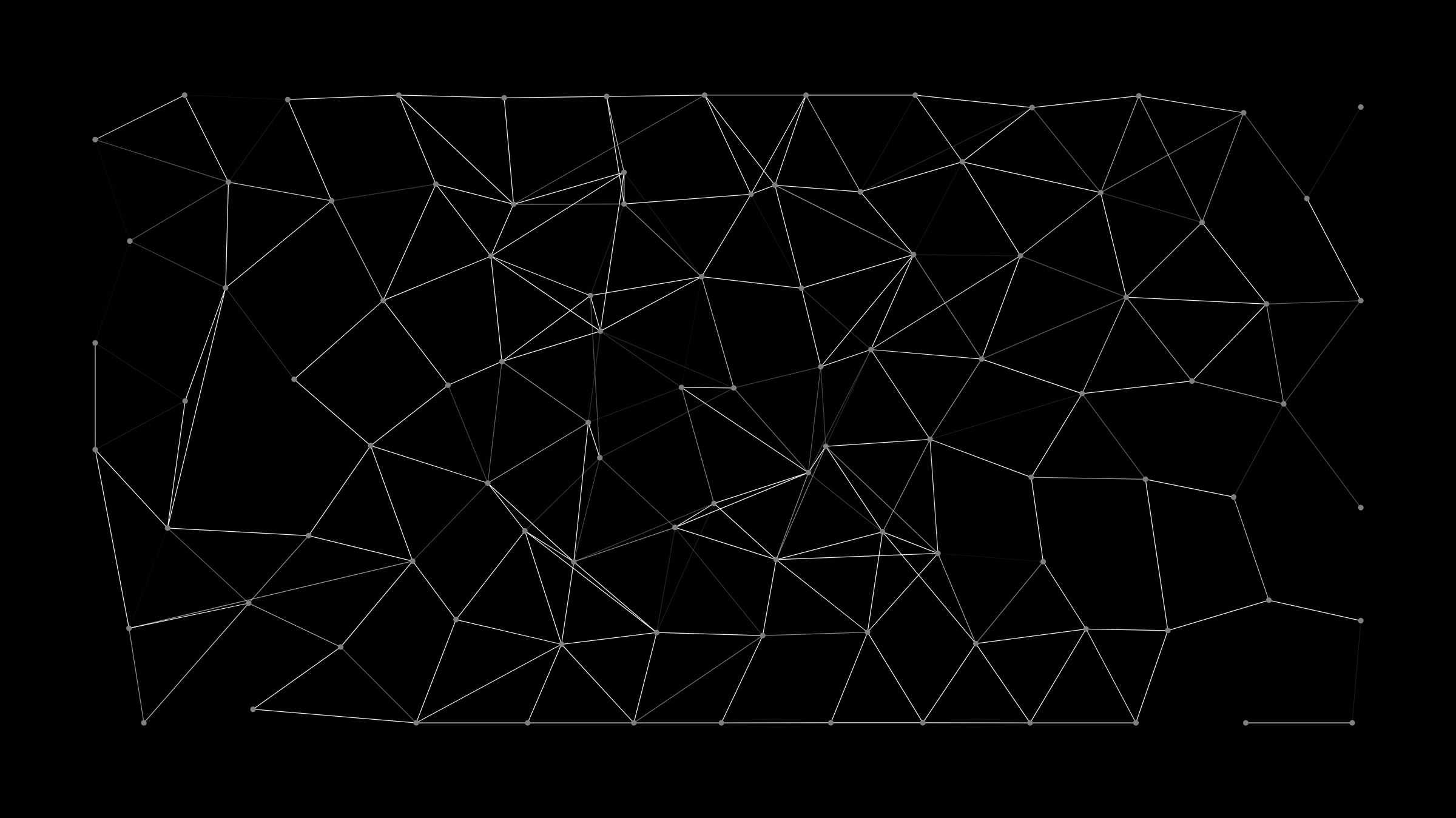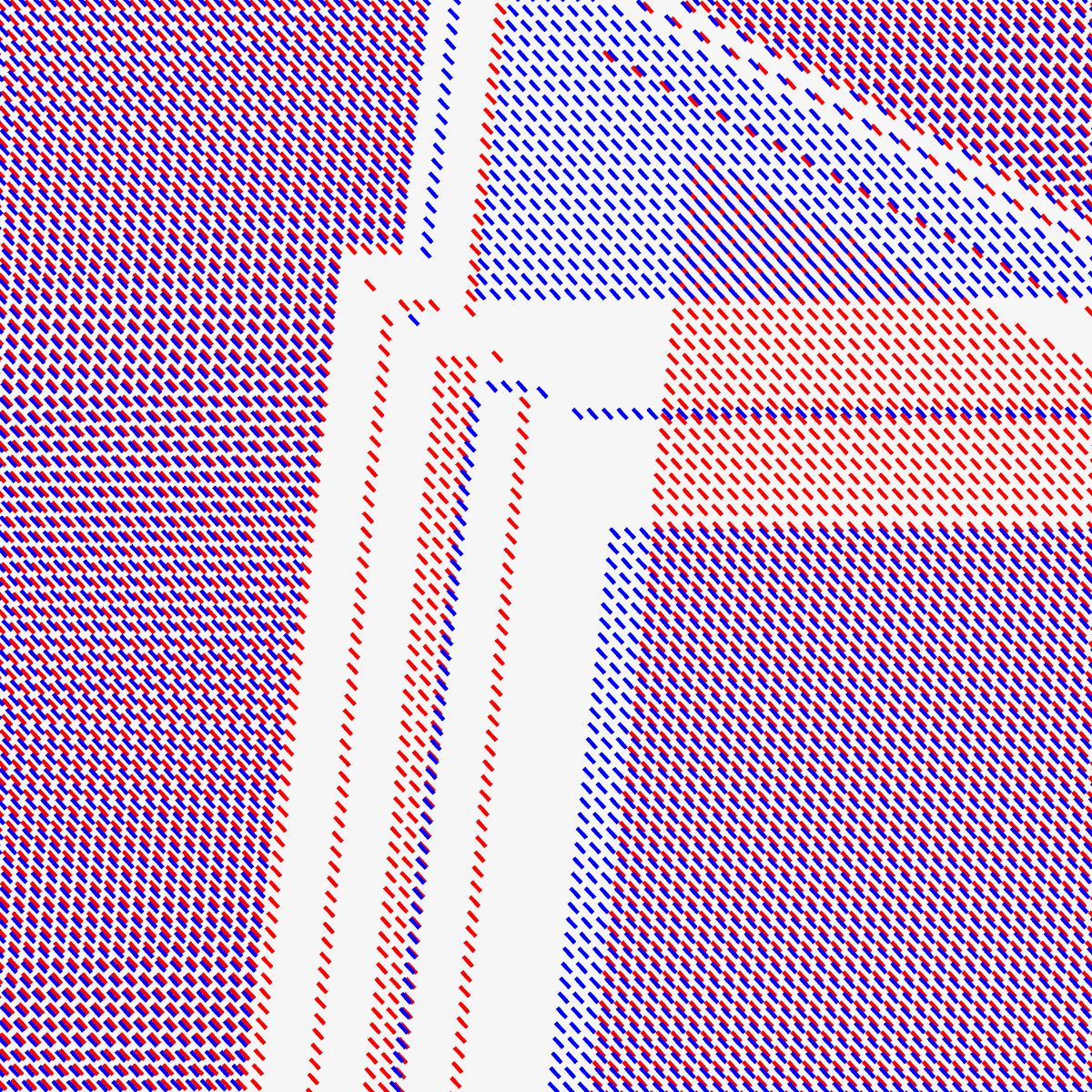Pre-Process #0
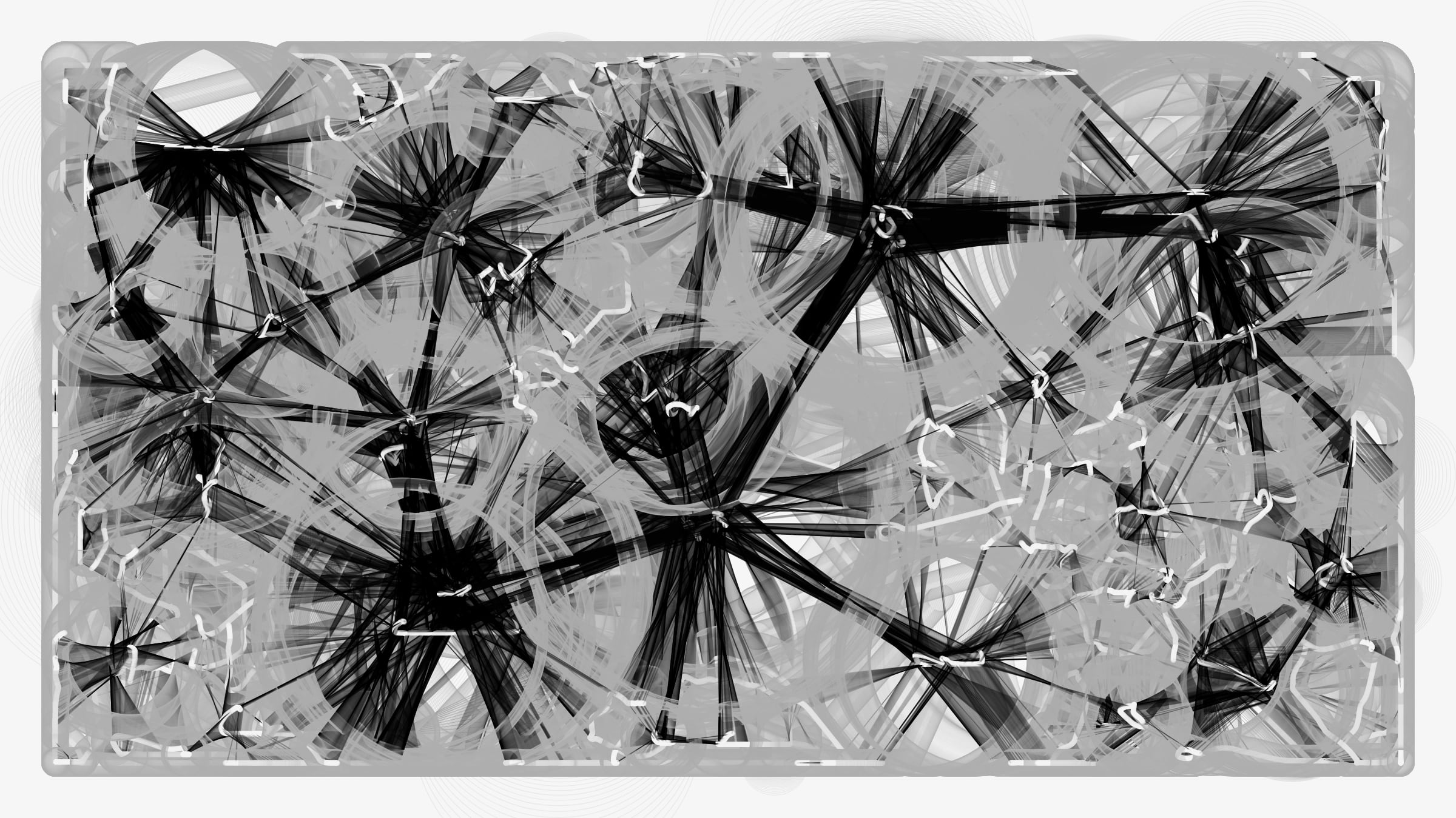


Works
Recently listed

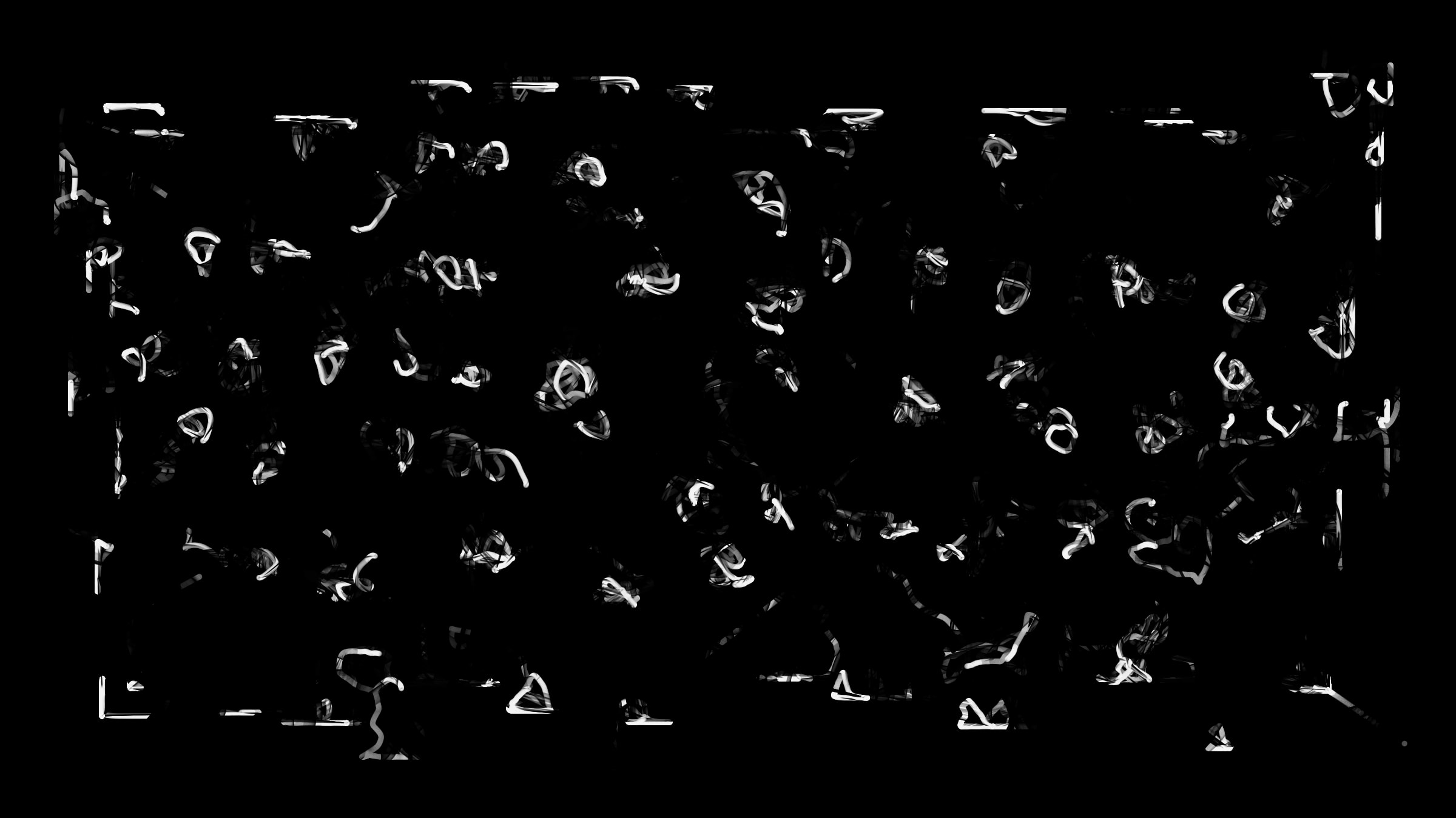

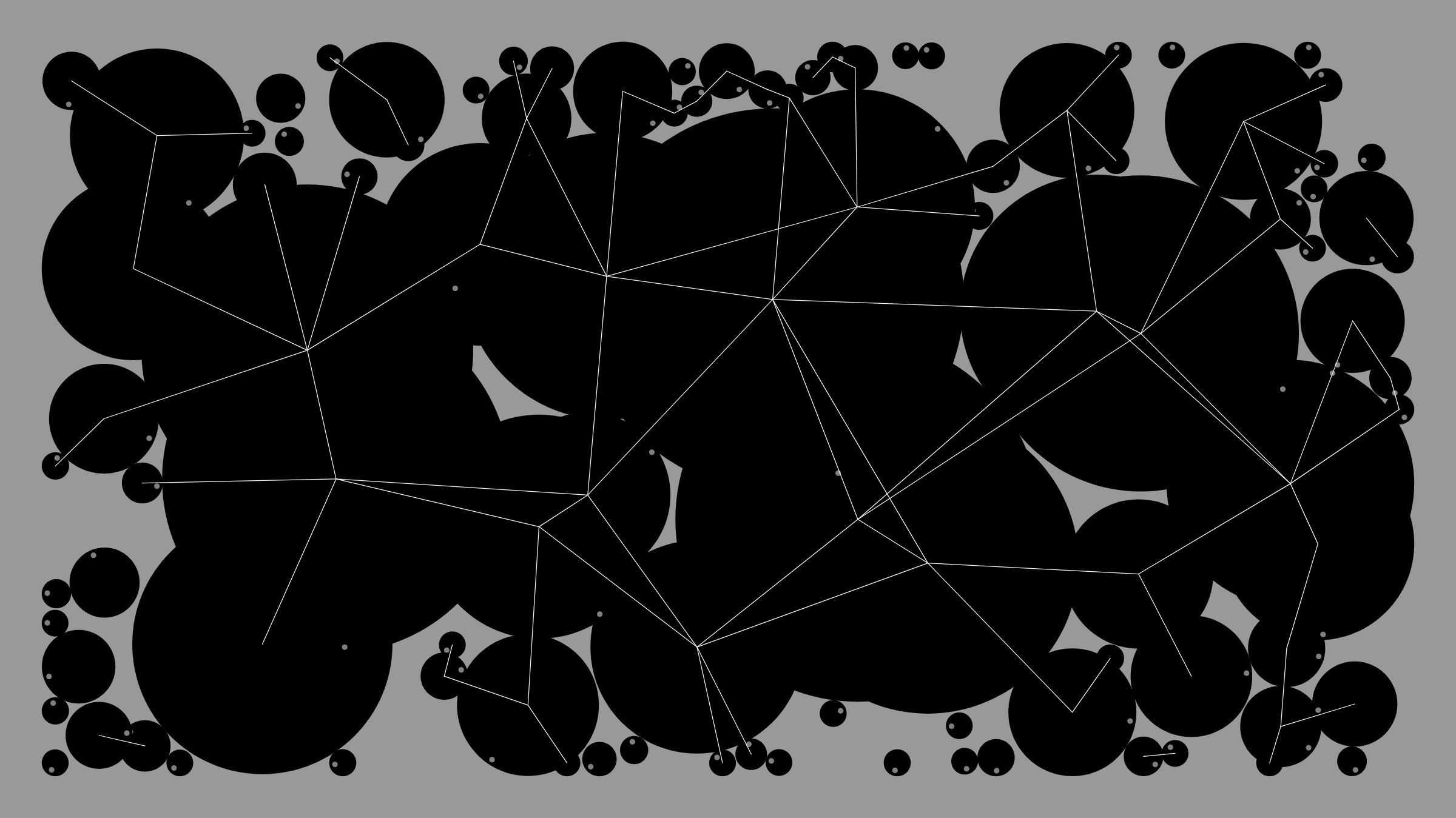


About Pre-Process
Ways of knowing... Ways of seeing…
I can trace the origin of Pre-Process back to a Saturday afternoon in 2003 when I was sketching—first on paper, and then with code. I began by drawing circles, then connecting their center points, and then placing the circles in motion as coded animation. At that time, I was focused on ideas and not images—specifically, on dynamic systems and the ways a set of elements relate to each other within an imagined environment. I was working through questions about how to experience these systems and what might be an ideal (or interesting) way to engage with ...
Past releases
Released on Nov 30, 2022 6:00 PM UTC
120 works released
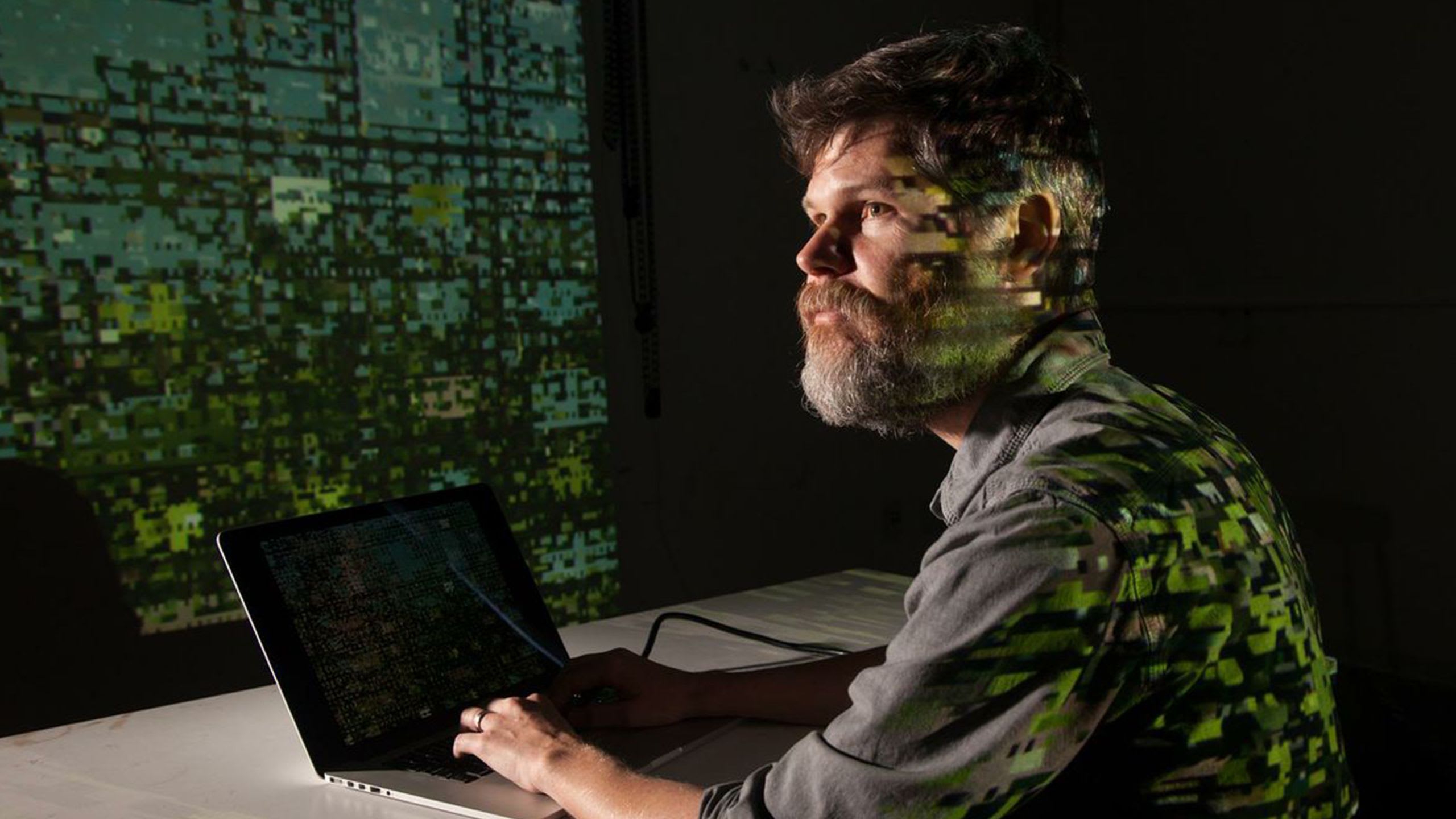
About the artist
Casey REAS
b. 1972 Troy, OH Lives and works in Los Angeles, CA
REAS’ software, prints, and installations have been featured in numerous solo and group exhibitions internationally. His work ranges from small works on paper to urban-scale installations, and he balances solo work in the studio with collaborations with architects and musicians. REAS is a profe...









